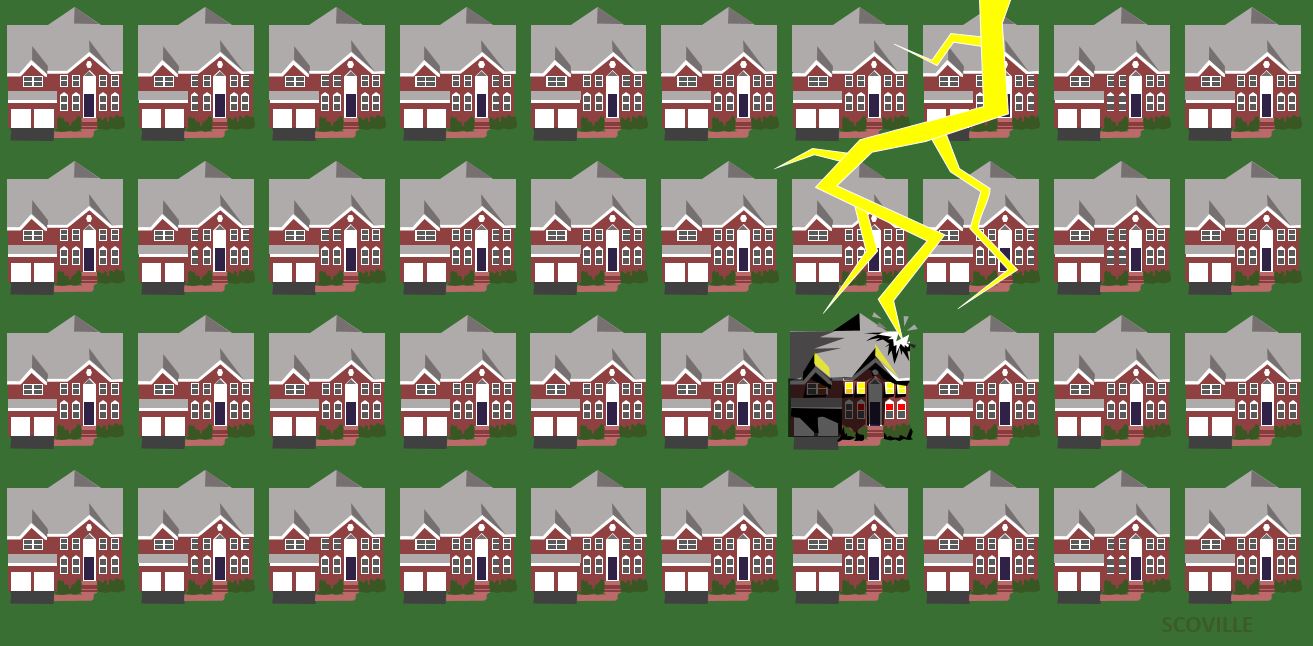Through the course of life, there are some anniversaries that we enjoy celebrating. And then there are others that we’d just as soon forget. Last week the investment world celebrated one of the latter sort: the thirtieth anniversary of the stock market crash of 1987. It is worth remembering however, because it contains important lessons for every investor — today, perhaps, more than ever.
If you are not familiar with that 1987 event, here is a quick recap: On Monday, October 19 the U.S. stock market, as measured by the Dow Jones Industrial Average, dropped nearly 23 percent, in just that one day. To put that in perspective, a typical day on Wall Street sees the market move less than one percent in either direction. If the market moves two or three percent in a day, it’s notable, and if it moves five percent, it’s very unusual. For that reason, a move of more than twenty percent was essentially unheard of.
The magnitude of the crash, however, was not the most unusual thing about 1987. What was much more surprising was that it was completely unexpected, and there was no apparent cause — no news out of Washington, no economic news, no military conflict. Nothing. There was one Wall Street analyst who claims to have predicted it, but aside from that, no one saw it coming.
If 1987 were an isolated case, it might be easier to write it off as a one-time anomaly. But it wasn’t. Unusually large, unexpected and unexplained market movements happen far more often than Wall Street forecasters — or anyone else, for that matter — would ever predict.
On May 6, 2010, for example, something similar happened. In the middle of the afternoon, for no apparent reason, the overall market dropped by more than ten percent, with shares of many large, established companies dropping precipitously. Shares of Procter & Gamble, for example, fell more than 36 percent over the course of just three and a half minutes.
And, it happened again five years later. On the morning of August 24, 2015 the Dow plunged 1,089 points, its largest one-day decline ever, with shares of companies like General Electric and Pepsico dropping by more than 20 percent, all within minutes.
I was at my desk for both the 2010 and 2015 crashes, and I can tell you that there was absolutely no advance warning from anyone that either event was about to occur.
So, as a stock market investor, where does that leave you? If you know that these kinds of things can happen completely without warning, what should you do to protect yourself?
My advice: You should look at it in the same way that you look at your homeowner’s insurance. You never know when you’re going to suffer a mishap. That’s why you carry insurance at all times — 365 days a year, every year. You would never try to guess, for example, when a damaging hurricane might come through, or when a burglar might target your home. That seems silly on the face of it, and yet that’s what many investors do when they attempt to predict the future in an effort to jump in and out of investments profitably.
Instead, I would protect your investment portfolio in the same way that you protect your home: Put a strategy in place that will allow you to go on with your life regardless of what the market brings. What does this look like exactly? In simple terms, it means diversification and it means holding a sufficient reserve of investments outside the stock market so that you aren’t affected — either materially or emotionally — by market movements. The key is to make those preparations now, while the market is still at healthy, all-time highs.

